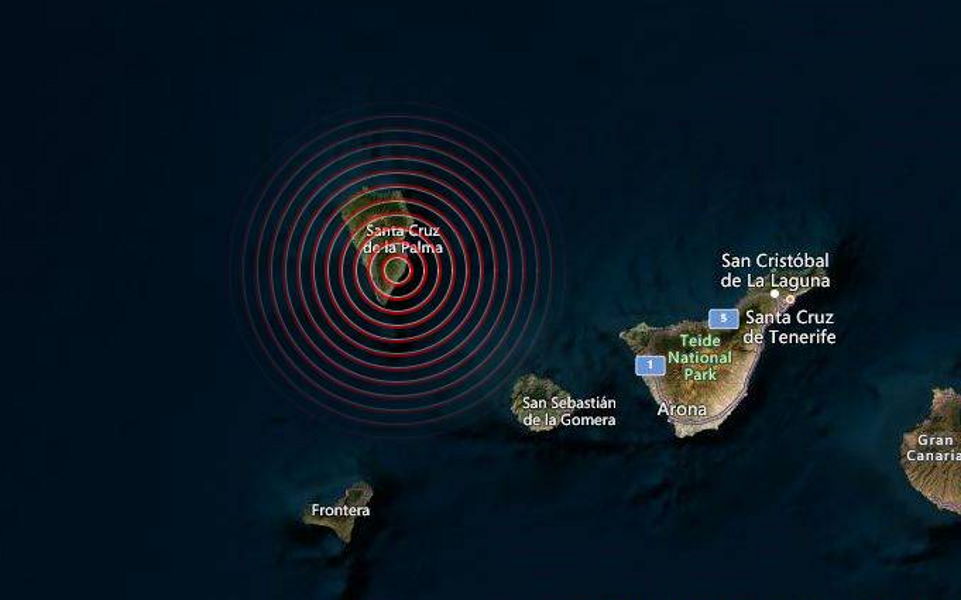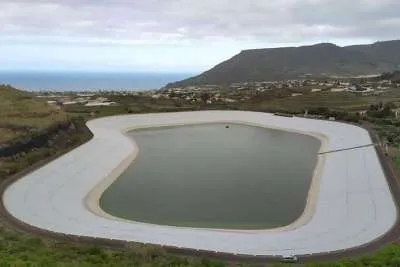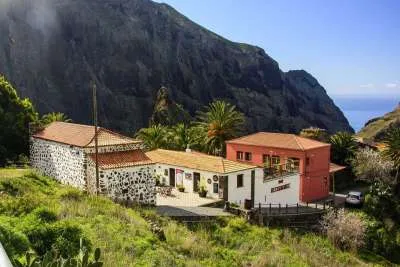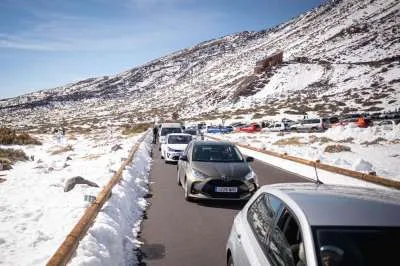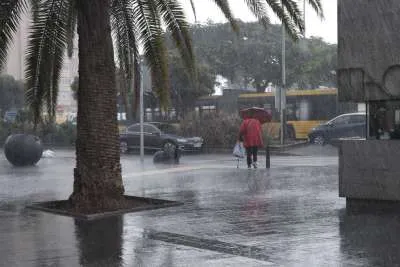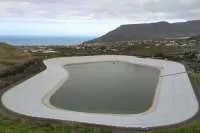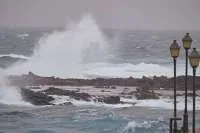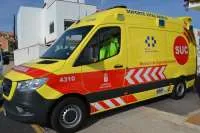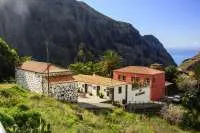A 4.8 earthquake is felt throughout La Palma and in parts of Tenerife
- 20-10-2021
- National
- Canarian Weekly
The 24-hour monitoring volcanic surveillance network of the National Geographic Institute (IGN) recorded a total of 76 earthquakes yesterday associated with the eruption of the Cumbre Vieja volcano, about twenty of them with magnitudes greater than 3 (mbLG).
Specifically, the one with the highest magnitude of 4.8 (mbLg), the highest to date, was southwest of the municipality of Villa de Mazo at 10:58pm last night at a depth of 39km and an intensity of IV on the EMS scale.
This tremor was felt in numerous towns throughout La Palma, and even in some parts of La Gomera and Tenerife including Icod de Los Vinos and El Ortigal, in La Laguna.
During the rest of the night, 14 earthquakes were recorded, the largest of which was 3.4 mbLg, located northeast of the municipality of Fuencaliente at 2.54am.
Why can an earthquake have different magnitude?
Involcan have explained that there are different scales to measure the magnitude of an earthquake. They use the generally accepted (Ml) scale developed by the American seismologist Richter, the most used in seismological and volcanological observatories.
On the contrary, the National Geographic Institute (IGN) uses the mbLg scale developed by researchers of the IGN itself. The only universal use scale would be Mw (moment magnitude) which unfortunately is hard to calculate in real-time.
Also, remember that the value of magnitude depends on the location of the hypocentre and a review of it can imply a change of magnitude. Finally, note that the magnitude of an earthquake is based on a statistical estimate, as its value is always subject to an uncertainty of at least ± 0.2


